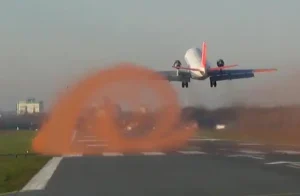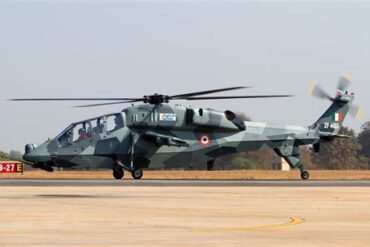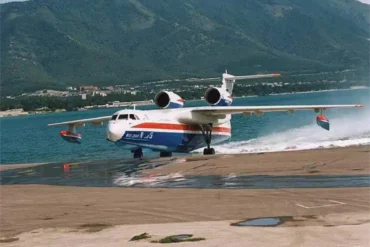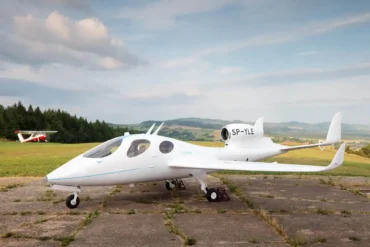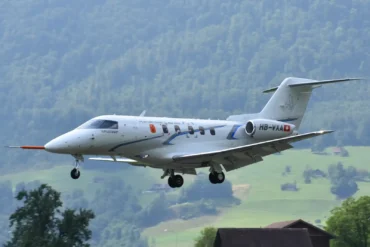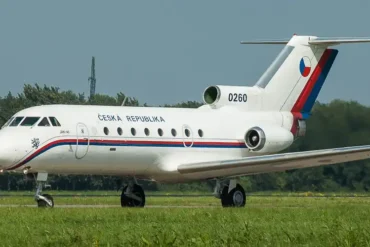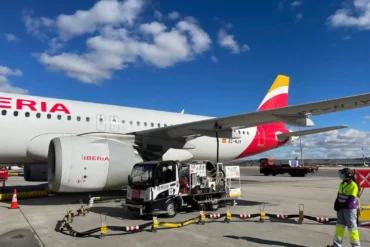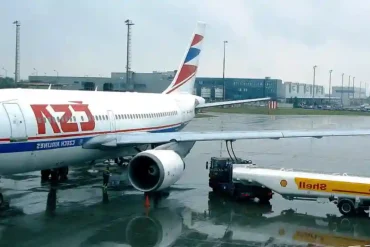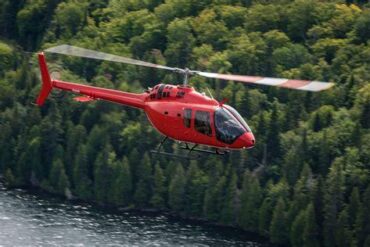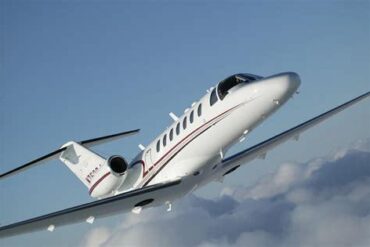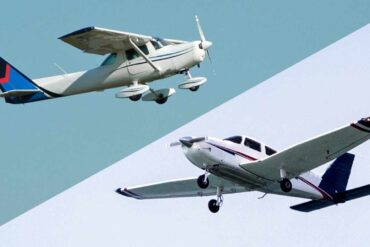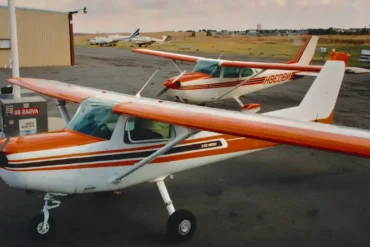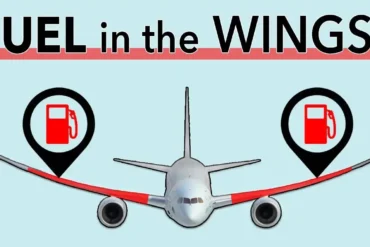Have you ever wondered about that intense gust of air you feel when a plane takes off? That’s what we call “Jet Blast.” It’s the powerful airflow that comes out of the back of a jet engine when it’s running at high power. You’ll notice it most when planes are getting ready for takeoff or when they’re using a lot of power. This forceful air is super important for making jets fly, but it can also be quite dangerous if you’re too close to it on the ground.
Let’s talk about what Jet Blast is really like. First off, it’s not just a gentle breeze – it’s a seriously strong stream of air that shoots out behind the engine. This air comes from the engine burning fuel, and it’s especially noticeable when planes are taking off or using a lot of power. You can actually see Jet Blast in action sometimes. It looks like a fast-moving, swirling column of air behind the plane. If you’re at an airport, you might spot dust, debris, or even small objects getting swept up in its path, especially near the runways.
Now, here’s why we need to be careful around Jet Blast. It’s not just a cool thing to watch – it can be really dangerous. The air moves so fast that it could hurt people or damage vehicles and equipment if they’re in the way. That’s why airports have to be super careful about how they manage things on the ground. They need to think about Jet Blast when planes are moving around, taking off, and landing. Ground crews, vehicles, and even buildings need to keep a safe distance from active runways and taxiways to avoid any problems.
So, how do airports deal with this powerful force? They’ve got a few tricks up their sleeves. One thing they do is create special safety zones or put up blast barriers around areas where planes move a lot, like aprons and taxiways. These help protect people and equipment from getting caught in the Jet Blast. Airports also have strict rules about how things should operate on the ground. This includes setting up specific paths for vehicles to follow, keeping certain areas off-limits, and making sure air traffic control and ground staff are always talking to each other clearly.
At the end of the day, Jet Blast is a bit of a double-edged sword. It’s absolutely essential for making jet planes fly – that powerful thrust is what gets them up in the air. But at the same time, we’ve got to be really careful about how we handle it on the ground. The good news is that by using smart safety measures and following careful guidelines, airports can manage the risks that come with Jet Blast. This helps keep everyone safe and makes sure the airport runs smoothly. It’s all about finding that balance between harnessing the power of jet engines and keeping things safe for everyone on the ground.
